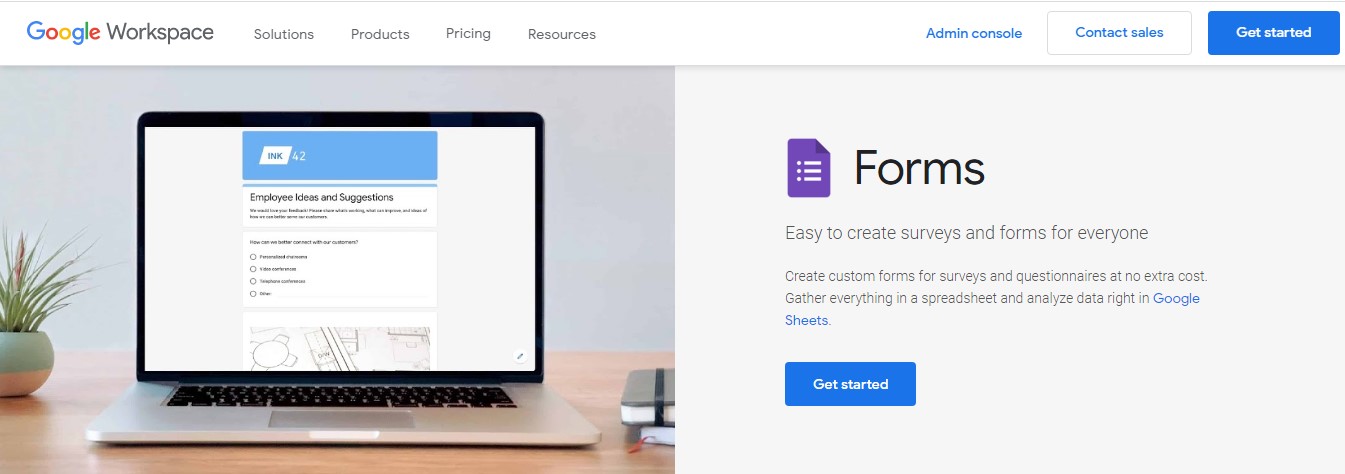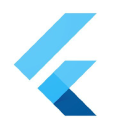I Built A $456K/Year Donation-Based Online Course Platform
Hello! Who are you and what business did you start?
My name is Max. I am the CEO of HYLS, a donation-based online course platform. We use the “pay what you want to model,” which means that you can pay any amount for HYLS online courses on topics on Productivity, Healthy lifestyle, Yoga, Meditation, Digital Detox, Minimalism, and more are coming soon.
Our customers are mainly representatives of the working population, but all ages are welcome to participate. Our average revenue is $40k per month. All in all, we attracted $1M+ of donations from 90K students.

What's your backstory and how did you come up with the idea?
As a teenager, I dreamed of an online store where customers could set their prices. This idea lingered in my head for some time until 2018, when I found how to make it...

Download the report and join our email newsletter packed with business ideas and money-making opportunities, backed by real-life case studies.

Download the report and join our email newsletter packed with business ideas and money-making opportunities, backed by real-life case studies.

Download the report and join our email newsletter packed with business ideas and money-making opportunities, backed by real-life case studies.

Download the report and join our email newsletter packed with business ideas and money-making opportunities, backed by real-life case studies.

Download the report and join our email newsletter packed with business ideas and money-making opportunities, backed by real-life case studies.

Download the report and join our email newsletter packed with business ideas and money-making opportunities, backed by real-life case studies.

Download the report and join our email newsletter packed with business ideas and money-making opportunities, backed by real-life case studies.

Download the report and join our email newsletter packed with business ideas and money-making opportunities, backed by real-life case studies.


















